Researchers develop a modified silkscreen printing and electrodeposition technique to fabricate a thin, freestanding nickel matrix for use as a flexible electrode in high-performance nickel–metal hydride (NiMH) batteries.
![Flexible Nickel–Metal Hydride Batteries [Video]](https://www.advancedsciencenews.com/wp-content/uploads/2018/02/ASN-picture.jpg)
![Flexible Nickel–Metal Hydride Batteries [Video]](https://www.advancedsciencenews.com/wp-content/uploads/2018/02/ASN-picture.jpg)
Researchers develop a modified silkscreen printing and electrodeposition technique to fabricate a thin, freestanding nickel matrix for use as a flexible electrode in high-performance nickel–metal hydride (NiMH) batteries.

Advanced Energy Materials presents this new Special Issue on “Renewable Energy Conversion and Storage”, which comprises of 26 review-type articles that highlight the recent progress made in the field of energy conversion and storage in a renewable manner.
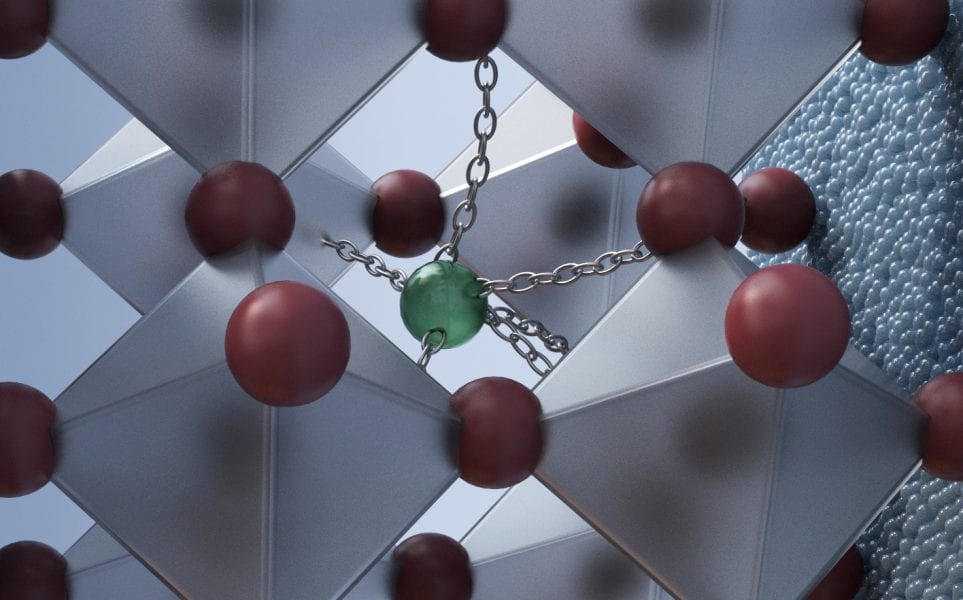
Phase competition in mixed perovskites can be resolved by this dual ion exchange process, which passivates grain boundaries and suppresses ion migration.

Making fuel from carbon dioxide in the presence of the morning sun; a recent paper reports on the most recent advances toward this goal.
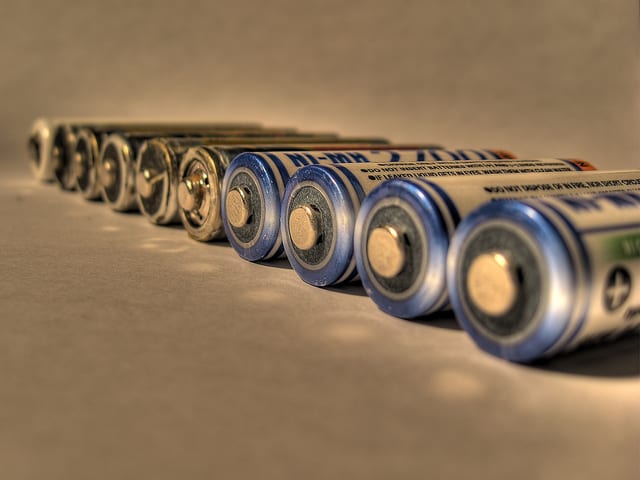
Jaephil Cho and co-workers assess the commercial potential of nickel-rich cathode materials, informing decisions on industrial uptake of these materials.

A new printing method produces flexible graphene microsupercapacitors with a planar architecture, suitable for integration in portable electronic devices.

Researchers from Sun Yat-sen University, China, prepare a composite based on nickel nitride and sulfide nanosheets as the anode material for lithium ion batteries. The composite has enhanced cycle stability and lithiation capacity compared to the nitride and sulfide alone.
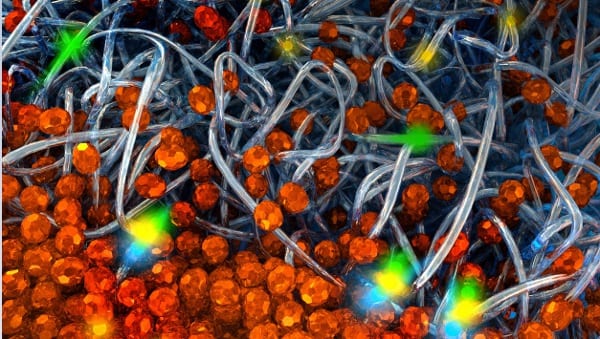
Advanced Energy Materials’ new invited-only review series ‘Excellence in Energy’ is launched. All included papers are free to read for a limited time!
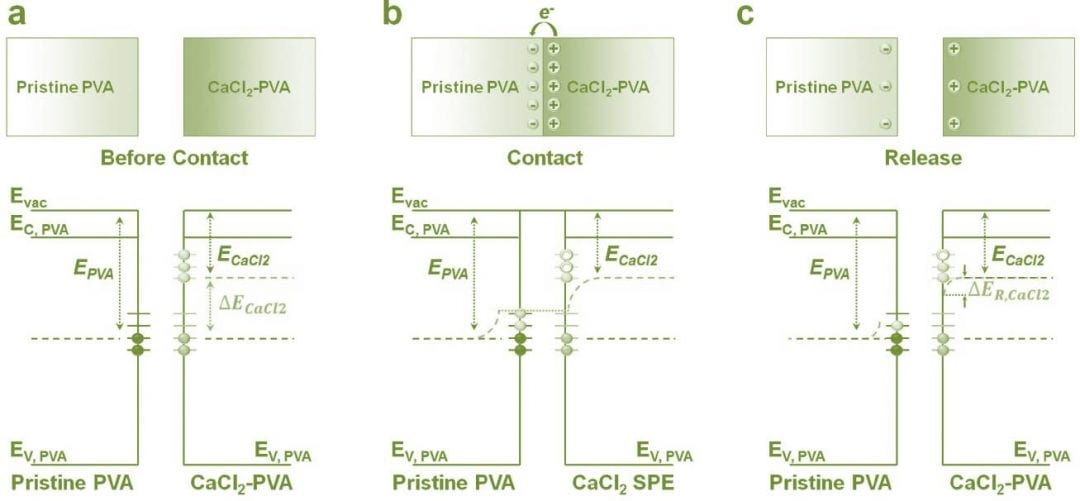
Triboelectric nanogenerators are an exciting frontier in small-scale applications, converting low-frequency mechanical energy into an alternating current.
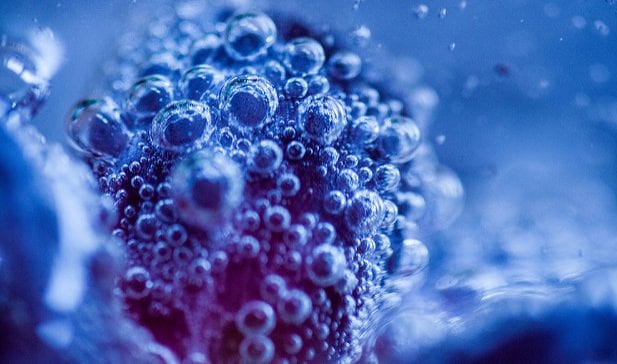
The slow kinetics of the oxygen evolution reaction require new catalyst research like this to make water splitting systems commercially viable.